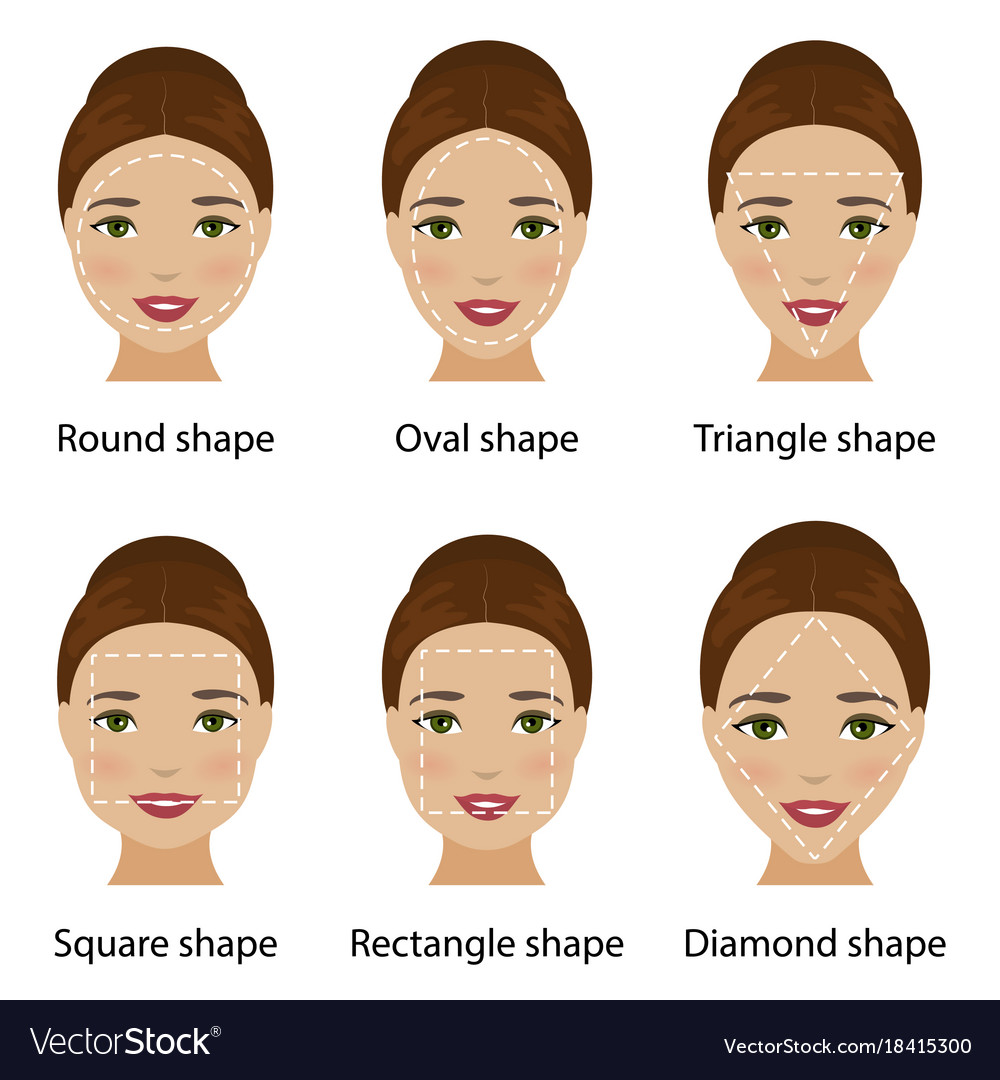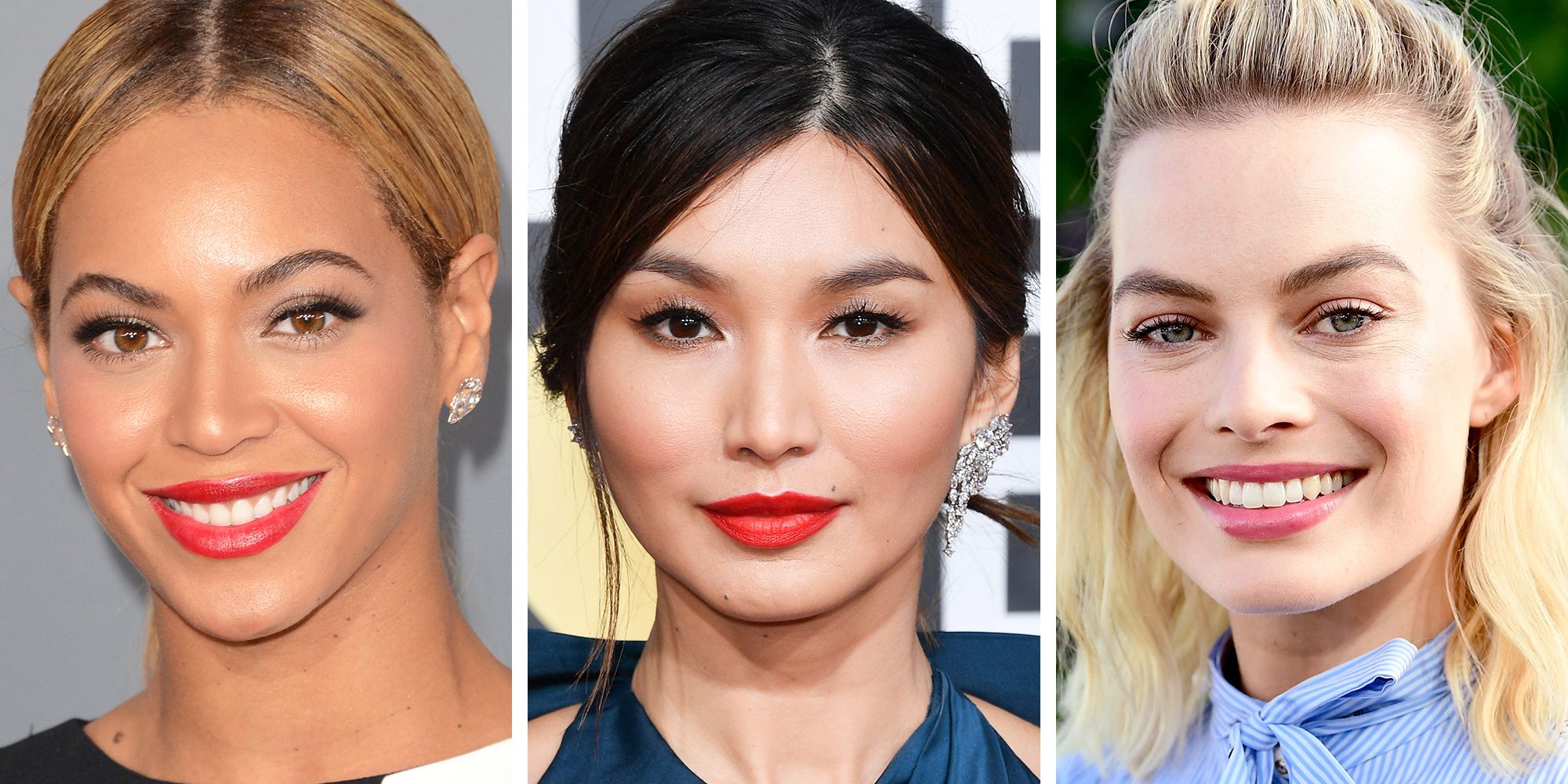

The tichel style (tightly wrapped scarf which covers most or all of the hair) with a simple decorative bow or knot to one side, at about eye level.Softly-draped infinity or rectangular scarves.Try: Styles that soften the edges of the face and balance out the length by drawing attention to the sides of the face: Be brave in trying a variety of different looks! Try: Anything! This face shape is evenly proportioned and therefore very versatile, so there may be many styles which suit you.

Here are a few, easy head covering and hair-styling tips for each of the main face shapes. The trick to finding out which head covering style might be most flattering for each face shape is to think about how we can balance out the proportions. If your favorite head covering style isn’t recommended for your face shape, don’t feel you have to change! Still, it might be worthwhile to try something fresh, since your next-favorite look may be just around the corner! These tips are meant to function more as fun ideas which you can use if you want. We shouldn’t fall into the trap of thinking we’re ugly if we don’t look like someone else we admire. STEP TWO: WHICH HAIR AND HEAD COVERING STYLES FLATTER MY FACE SHAPE?īefore we move on, please keep this very important point in mind:Įach of us is beautiful in our own way! In my opinion, there is no “ideal” face shape, only variations of what God Himself considers beautiful and interesting.
#FEMALE FACE SHAPES FULL#
If you have a pointy chin and narrow forehead with full cheekbones, you probably have a diamond face. This face type has a broad jawline but narrow forehead. Similarly, if your jawline is wider than your forehead, you probably have an inverted triangle (pear-shaped) face. This face type has a pointy chin and broad forehead. If your jawline is not as wide as your forehead, you might have a triangular (heart-shaped) face. A round face has a jawline and forehead with rounded corners (similar to the oval face, but not as long), while the square face has more angular corners (similar to the oblong face). If your face is about equal in length and width, you might have a round or square face. An oval face has a jawline and forehead with soft, rounded corners, while an oblong face has a jawline and forehead which are about equal with each other in width and are not as rounded at the corners. If your face is longer than it is wide, you might have an oval or oblong face.

Also look closely at the shape of your jawline and forehead. (If you want, you can try using a dry-erase marker directly on the mirror to outline your reflection.) Observe the length of your face compared to the width. To find out which face shape you have, here’s a quick tip: pull your hair back away from your face, then look at yourself in the mirror. Generally speaking, all people will find themselves with one of those face shapes or will at least come very close in a unique combination of a couple of them put together. Some of the most common face shapes are oval, oblong (long), round, square, triangular (heart shaped), inverted triangle (pear-shaped), and diamond. To start out with, it’s good to be aware of your face shape.

In this article, let’s take a look at how different hair and head covering styles can help bring out the best in different face shapes! Christian head covering for women isn’t about looking glamorous (it’s actually about symbolizing our God-given role ), yet we needn’t give up on looking pretty! Though it’s common to struggle with feeling awkward at first, this thankfully doesn’t have to characterize our whole head covering journey.


 0 kommentar(er)
0 kommentar(er)
